Far too many dogs are ending up in shelters because their owners didn’t take the time to understand prey drive and how it applies to their pet breed of choice therefore, ending up with a dog they couldn’t handle. Here, we define prey drive, name examples of different breeds with varying degrees of prey drive and solutions for controlling dogs with high prey drive. This isn’t rocket surgery.
Prey drive seems to be the “buzz-word” among dog people these days. Its text-book definition states it is the instinctual behavior of carnivores to chase and capture prey but is commonly used in describing habits in dog training. Prey drive is what motivates a dog to give chase to a ball, animals, a car, or a child running away, which is why it is important to teach children to never run away from a dog. Understanding your dog’s Prey drive will influence how you control him, which will keep your dog out of trouble.
The prey drive follows a sequence which is the same in all predators. The sequence starts with the search leading to the eye-stalk, the chase, the grab bite, and then finally, the kill bite. Through the process of selective breeding, some of these five sequences are dominate or diminished in different breeds of dogs to accommodate various human purposes. The search aspect of the sequence is essential to detection dogs like beagles and bloodhounds. Eye-stalking is important in herding dogs while the chase is a must for racing dogs and terriers are valued for their grab bite and kill bite. Some prey drive aspects can be undesirable in certain dogs, such as the retriever who is to chase the prey then bring it back to the human hunter without biting it or damaging it in any way. Herding dogs stalk and chase but inhibit the grab bite and kill bite urge to keep them from wounding the stock. Bull terriers have amplified grab bite because humans used them to restrain bulls by hanging on to their noses but there was no need for the Bull terrier to search or stalk the prey. Terriers may be small but that means very little when it comes to prey drive as these little dogs were bred for chasing vermin underground. But not all small breeds have a high prey drive. The Pekingese and Maltese make better companions and watchdogs as they have little ambition to give chase. Dogs who are bred for guarding livestock and homes have low prey drive compared to those bred for sporting, herding or those in the hound group who have high drive. Siberian Huskies, who are from the working group show a high instinct to chase which they will do with total abandon, ignoring the call to come back. Sight hounds and scent hounds have high prey drive and once the instinctive drive takes over, even the most well-trained dog will ignore the call to return as well. A high prey drive dog should always be on a leash no matter how confident you are that he will return when called. By having an outside dog securely penned and on a leash, you will be able to control his instinctual reaction to chase what he sees moving.
Different dogs will have substantially varying levels of prey drive. Search and rescue dogs as well as narcotics detection dogs must have enough drive to keep them searching for hours for their quarry. In dog training, strong prey drive motivates dogs to pursue moving objects which is an advantage. A dog’s breed characteristics, temperament and what he was bred for defines his behavior and by understanding what he was bred for, you can control his behavior through knowledgeable training and exercise. A dogs prey drive is “hard-wired” into them and cannot be turned on and off at will which is what makes them good at performing specific jobs. For a dog to continue to have a healthy and stable mind, he must have physical activity daily. If you don’t enjoy long walks or participating in dog sports, then a dog with high prey drive would not be a good choice. Dogs who are diggers and escape artists, such as huskies and terriers, will try to escape if left unsupervised and you will be responsible for what he does if he succeeds. Understanding prey drive matters as it will help you decide on the right breed of dog for your lifestyle. Shelters are full of dogs whose owner picked a high prey drive dog they couldn’t handle.
When an owner stimulates his dog’s prey dive then satisfies the drive through play, the dog is happy and his overall behavior is balanced. However, if his owner works long hours, has a hectic family schedule and doesn’t spend quality time with him, the dog’s energy level will increase to the point of behavioral problems resulting in a frustrated owner and possibly a new home for the dog. Dogs with high drive must vent their energy or destructive behavior, such as chewing, will be their release. Chewing will pacify a dogs adrenal system in the same way a cigarette relaxes a smoker. Dogs with too much energy may bark too much, jump fences, or mouth parts of the human body. Dogs were bred with a specific purpose and to get a dog based only on looks or image without understanding breed characteristics is inviting problems. Conscientious breeders carefully screen prospective buyers to assure their breed of choice is right for their lifestyle. They make sure these buyers have a fenced yard, time in their day to properly exercise the dog, if the buyer is physically able to handle the dog and has knowledge of the breed and its characteristics. If the breeder feels his breed of dog may be too high prey drive for the buyer, he will refer them to a pet quality breeder of lower prey drive breeds and discourage them from owning a dog that does not fit their lifestyle.
For owners of high prey drive dogs who exhibit destructive behavior, daily exercise such as long walks are helpful or playing chase with a ball or Frisbee will use up energy. The stress of learning in an obedience class will wear him out. Enroll your athletic or scenting dog in agility and tracking classes to use pent-up energy. Owners who got their high drive dog through adoption or a private party should research the breed through the library, internet, or by talking to breeders and other owners. Breed clubs will educate you about your breed, talk to others with high drive breeds and offer activities related to the breed.
And for the “chewers” and diggers, confining them to a crate when they cannot be watched will keep those unwanted behaviors in check.
Choosing a dog isn’t like choosing an article of clothing. A dog is a companion, a family member so be knowledgeable of your breed of choice and be truthful to yourself when it comes to your breed of choice and your lifestyle. In other words…choose wisely.

 Kitten Emergencies - Signs To Look Out For
Kitten Emergencies - Signs To Look Out For
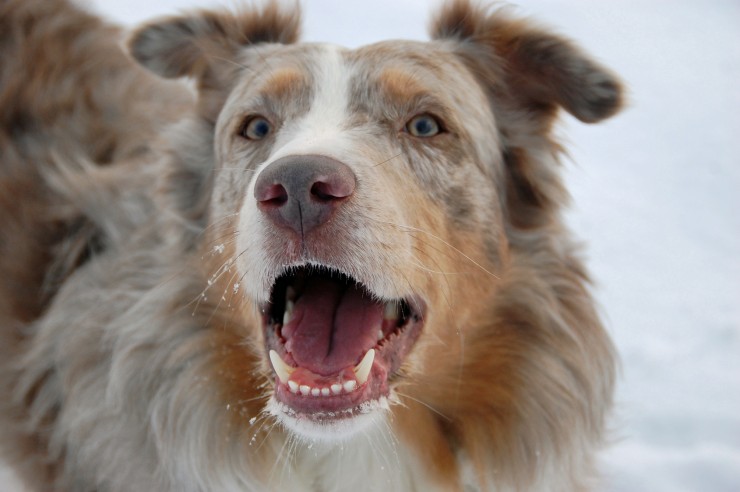 Recognising Different Types Of Aggression In Dogs
Recognising Different Types Of Aggression In Dogs
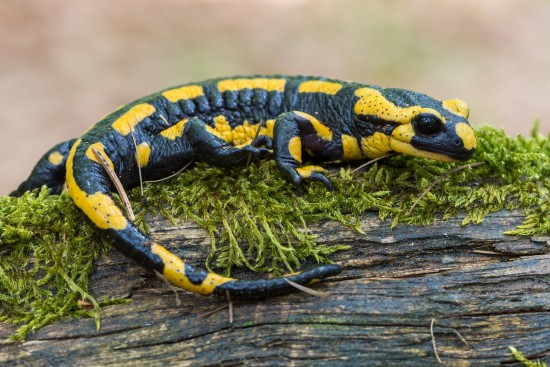 How To Keep A Pet Salamander Healthy And Happy
How To Keep A Pet Salamander Healthy And Happy
 Do Ferrets Smell, And Is There Anything You Can Do About This?
Do Ferrets Smell, And Is There Anything You Can Do About This?
 5 Luxurious Dog Friendly Establishments Dotted Around The Country
5 Luxurious Dog Friendly Establishments Dotted Around The Country
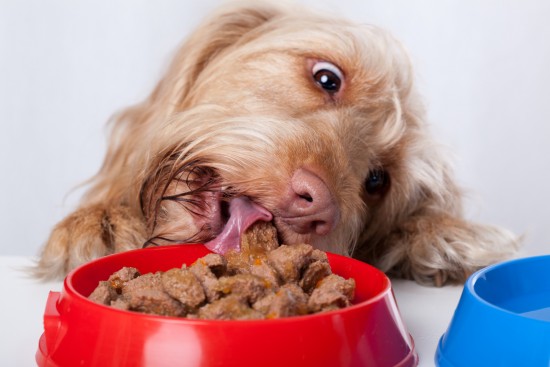 How To Minimise The Chances Of Your Dog Developing Bloat
How To Minimise The Chances Of Your Dog Developing Bloat
 The Feline Calendar – 12 Top Tips To Keep Your Cat Healthy & Happy All Year
The Feline Calend
The Feline Calendar – 12 Top Tips To Keep Your Cat Healthy & Happy All Year
The Feline Calend
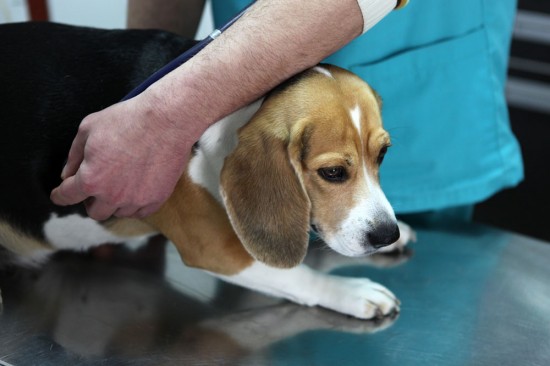 Pyometra In Dogs - Causes, Treatment And Prevention
Pyometra In Dogs
Pyometra In Dogs - Causes, Treatment And Prevention
Pyometra In Dogs
 The Sphynx Cat - A Cat With No Coat
The Sphynx Cat -
The Sphynx Cat - A Cat With No Coat
The Sphynx Cat -
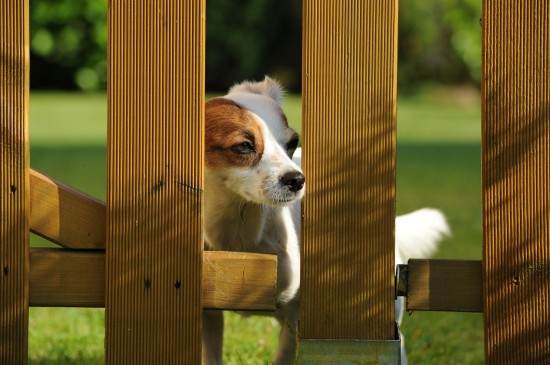 Dealing With A Roaming Dog
Dealing With A Ro
Dealing With A Roaming Dog
Dealing With A Ro
 How To Stop Your Cat From Scratching Indoors
How To Stop Your
How To Stop Your Cat From Scratching Indoors
How To Stop Your